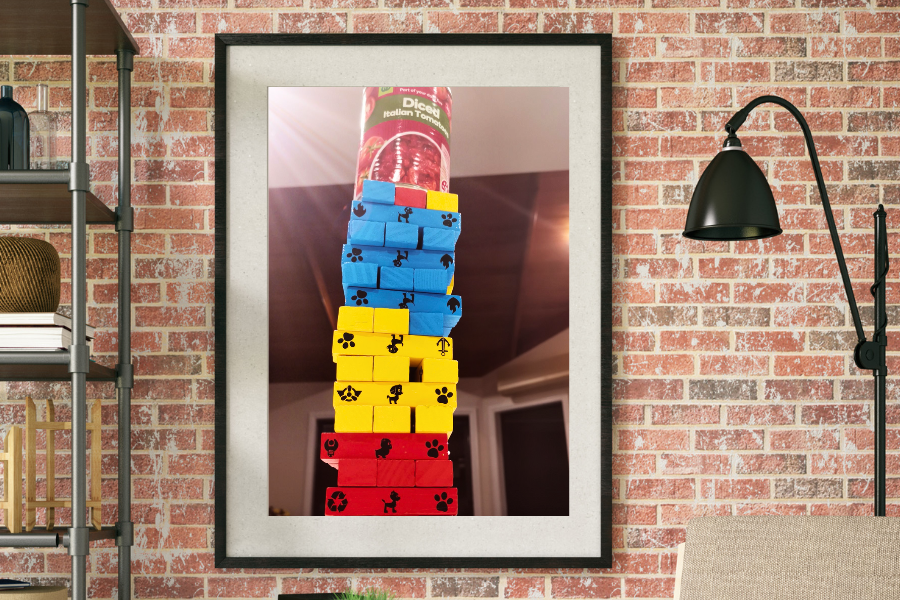The Fragile Balance of Culture: Is Your Organisation Ready for Change?
May 21, 2023
Imagine balancing a can of tomatoes on top of a Jenga tower. The tower represents your organisation's culture, while the can symbolises a critical change or strategic implementation. When the tower is stable, it can handle the weight, ensuring successful outcomes. But if the tower wobbles and weakens, the can of tomatoes can come crashing down, putting your change initiatives at risk.
As a business owner or leader, you've experienced the impact of organisational culture. Building a high-performance team and a thriving culture takes effort and time. You've seen the positive results when everyone is aligned, motivated, and working towards a common goal. Likewise, you've witnessed the negative effects when the culture deteriorates due to neglect or poor management.
In today's rapidly changing world, the expectations of the workforce are evolving rapidly. Are you confident that your culture can support the pace of change?
Let's explore the sometimes fragile nature of culture and its impact on change initiatives through two scenarios:
Scenario 1: A Stable Culture
Imagine a well-built Jenga tower. Each block represents a solid aspect of your culture, carefully crafted over time. The tower stands strong and resilient. When you place the can of tomatoes, representing your change or strategic implementation, on top of this stable tower, you can be confident that it will hold. Your culture supports and propels the desired outcomes, ensuring a smooth and successful transition.
Scenario 2: A Weakened Culture
Now, picture a Jenga tower that has been neglected. Some blocks are missing, and the structure becomes unsteady. It teeters on the edge of collapse. As you place the can of tomatoes on this fragile tower, it's only a matter of time before it crumbles, jeopardising your change initiatives. Factors like a lack of focus, poor leadership, rewarding poor performance, lack of clarity, or a lack of proactive strategy around culture have weakened the stability of your culture.
The consequences of a weakened culture can be significant.
The Cost of Toxic Employees: According to the New Zealand Institute of Economic Research (NZIER), toxic employees can cost businesses approximately 10 times more than the expense of hiring and training a new employee. Their negative influence seeps into every corner of the organization, damaging morale, productivity, and ultimately, the bottom line.
The Cost of Losing an Employee: PeopleStreme's Employee Retention Survey reveals that losing an employee can cost an organisation up to 150% of that employee's annual salary. Think about the recruitment expenses, the loss of productivity during the transition, and the time it takes for a new employee to reach their full potential.
On the flip side, a positive culture yields incredible benefits:
Increased Employee Engagement: Gallup's study demonstrates that companies with highly engaged employees outperform their peers by 147% in earnings per share. A proactive culture strategy, combined with strong leadership, creates an environment where employees feel valued, motivated, and actively contribute to the organization's success.
Enhanced Productivity and Innovation: A positive culture fosters collaboration, creativity, and a growth mindset. Organisations that prioritise high-performance culture experience higher levels of productivity and innovation. Employees feel empowered to take risks, share ideas, and explore new avenues for growth.
Your organisation's success relies on the stability of its culture. Just like a Jenga tower, it takes time to build a strong foundation. However, once stable, your culture can handle the weight of change and ensure the success of your organisation's future. It's time to reassess, refocus, and invest in your culture strategy. Adapt to the changing workforce expectations, embrace technology, and create an environment that nurtures high performance. Now is the time to review the stability of your culture as we move forward into the challenges of the coming year.
